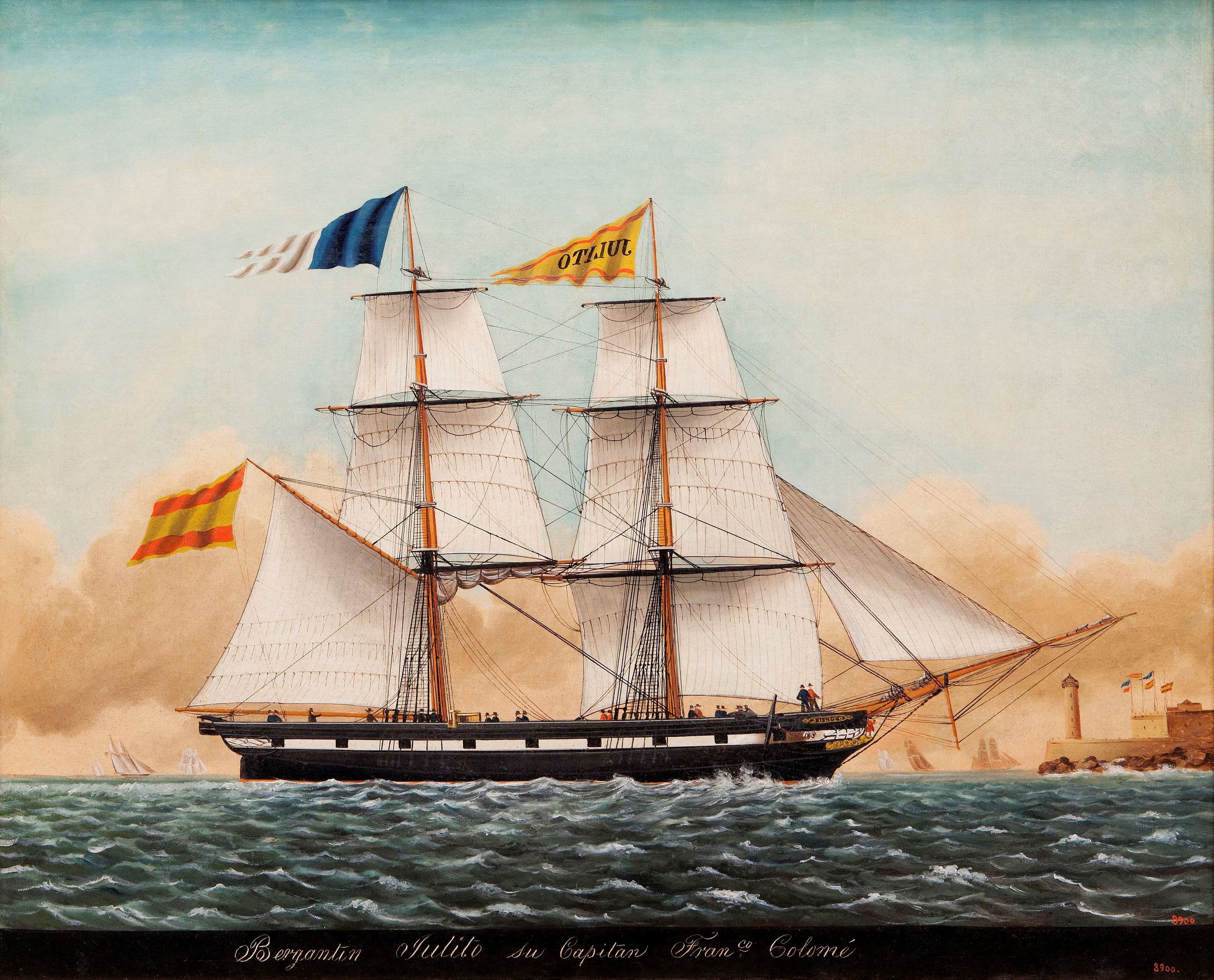

PAINTING
Painting was the most common technique used in the 19th century, when portrait artists needed an in-depth knowledge of shipbuilding. Technological advances in photography have made painted portraits much less technical and creative.
AN INTERNATIONAL ACTIVITY
The ship portrait began as a pictorial genre in countries where the major shipping companies were established and then spread across Europe and America, following the routes of the ships.




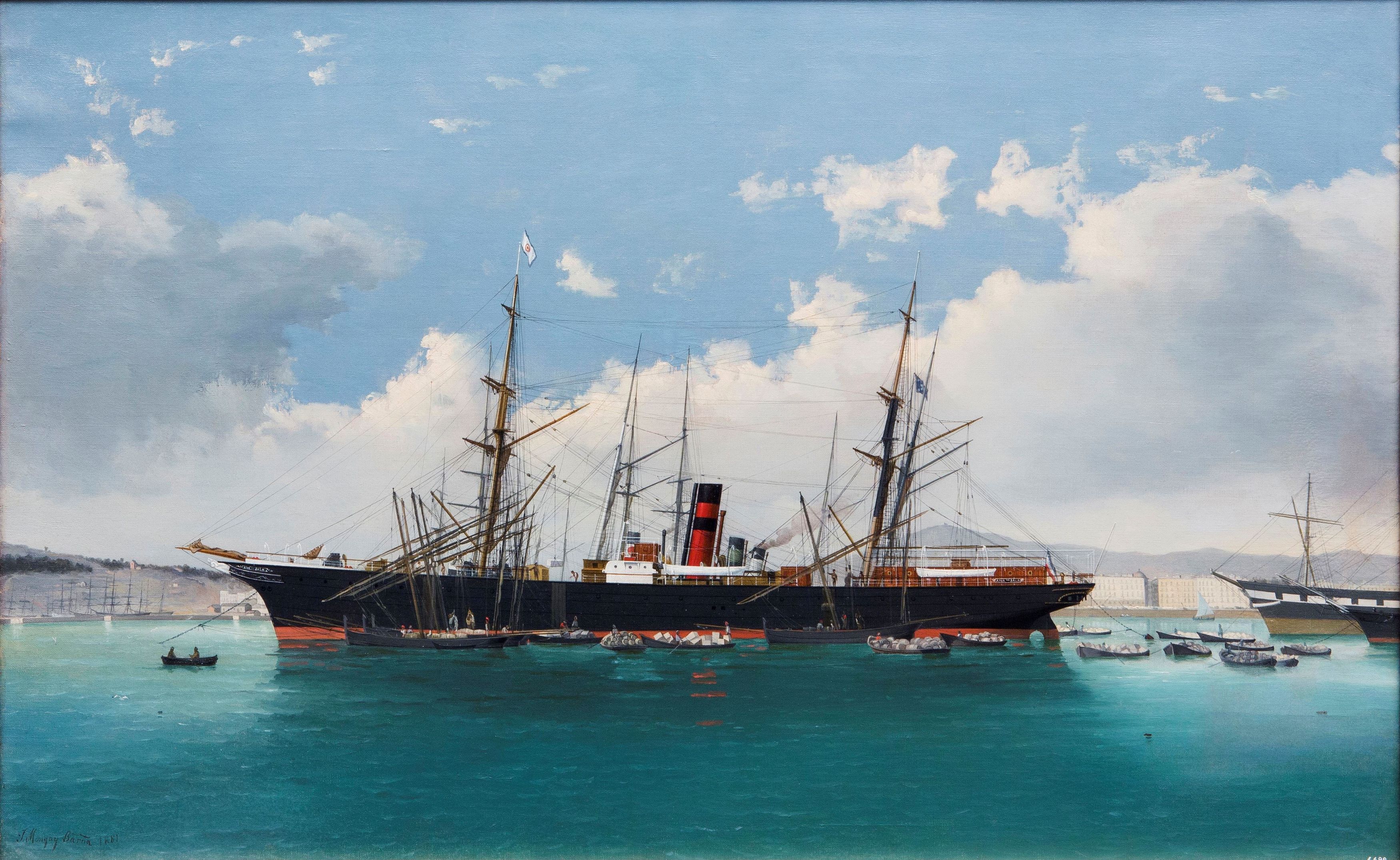

TECHNIQUES AND PORTRAIT ARTISTS
Joan Monjo i Pons (1818 – 1884). An educated scientist, he studied nautical and mechanical engineering. He headed the design, construction and testing of the two Ictíneo submarines. Later, he ran the Arenys de Mar Nautical School and founded the Vilassar de Mar Nautical School.
Rafel Monjo i Segura (1858 – 1922). He was the son of Joan Monjo i Pons and his successor as manager of the Nautical School of Vilassar de Mar, which he held until the school was closed. He combined this role with that of painter, dedicating his time to marine-themed paintings, among other things.
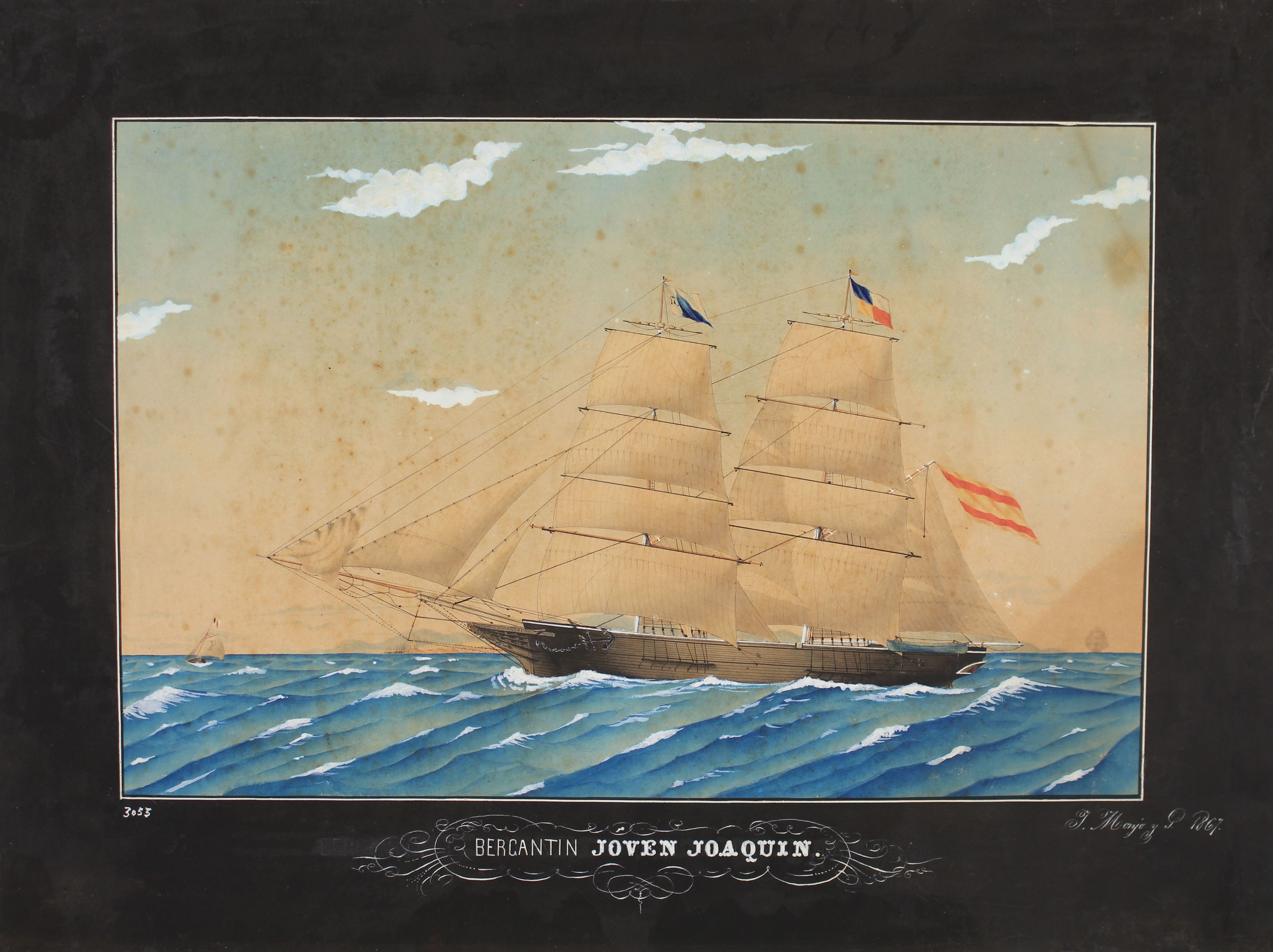
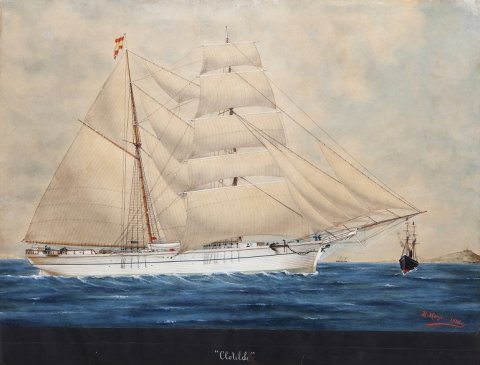
SPECIALIST WORKSHOPS
Some artists had so many commissions that they created specialized workshops.
Josep Pineda i Guerra, born in Alicante in 1837, he studied sailing, travelled as a sailor and, following his father’s footsteps, worked as a shipowner all his life. In 1872, he settled in Barceloneta, where he became one of the best known ship portrait painters, both for his technical knowledge and his accuracy. Nearly 3,000 works have been attributed to him. The secret of his production was the use of templates and models, along with the help of assistants, including his daughter.
Antonio Nicolo Gasparo Jacobsen, a Danish artist who painted over 6,000 portraits of sail and steam ships. He had a specialist workshop in West Hoboken, New Jersey, on the west bank of the Hudson river, near the port of New York. He also had helpers. The practise of painting a number of portraits from blueprints is attributed to him.

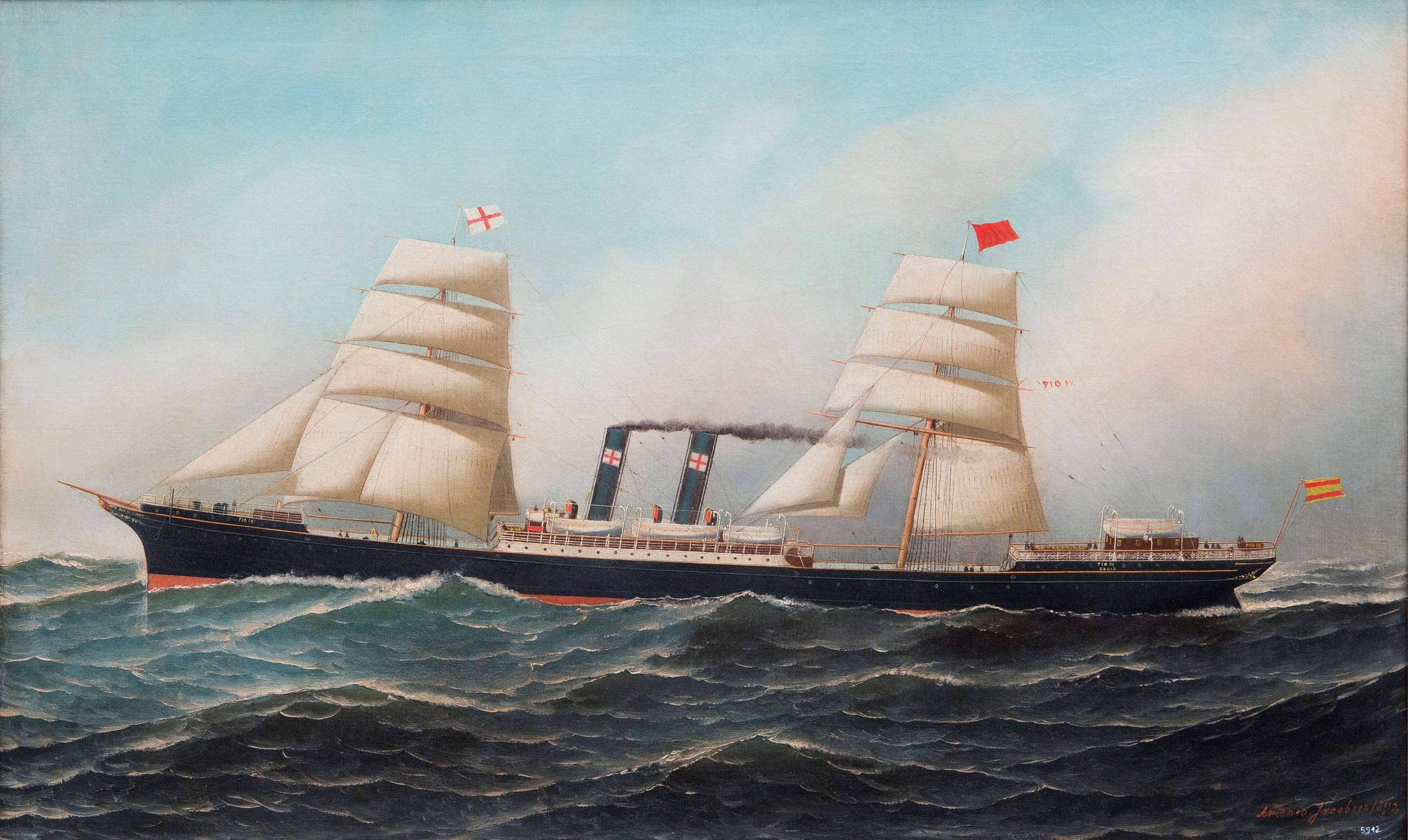
THE DEVELOPMENT OF PAINTED PORTRAITS
When photography reached a level of technical accuracy impossible to achieve with painting, some painters abandoned the documentary demands of portraits. They were able prioritise the creative side, seeking new points of view and using colours more daringly.
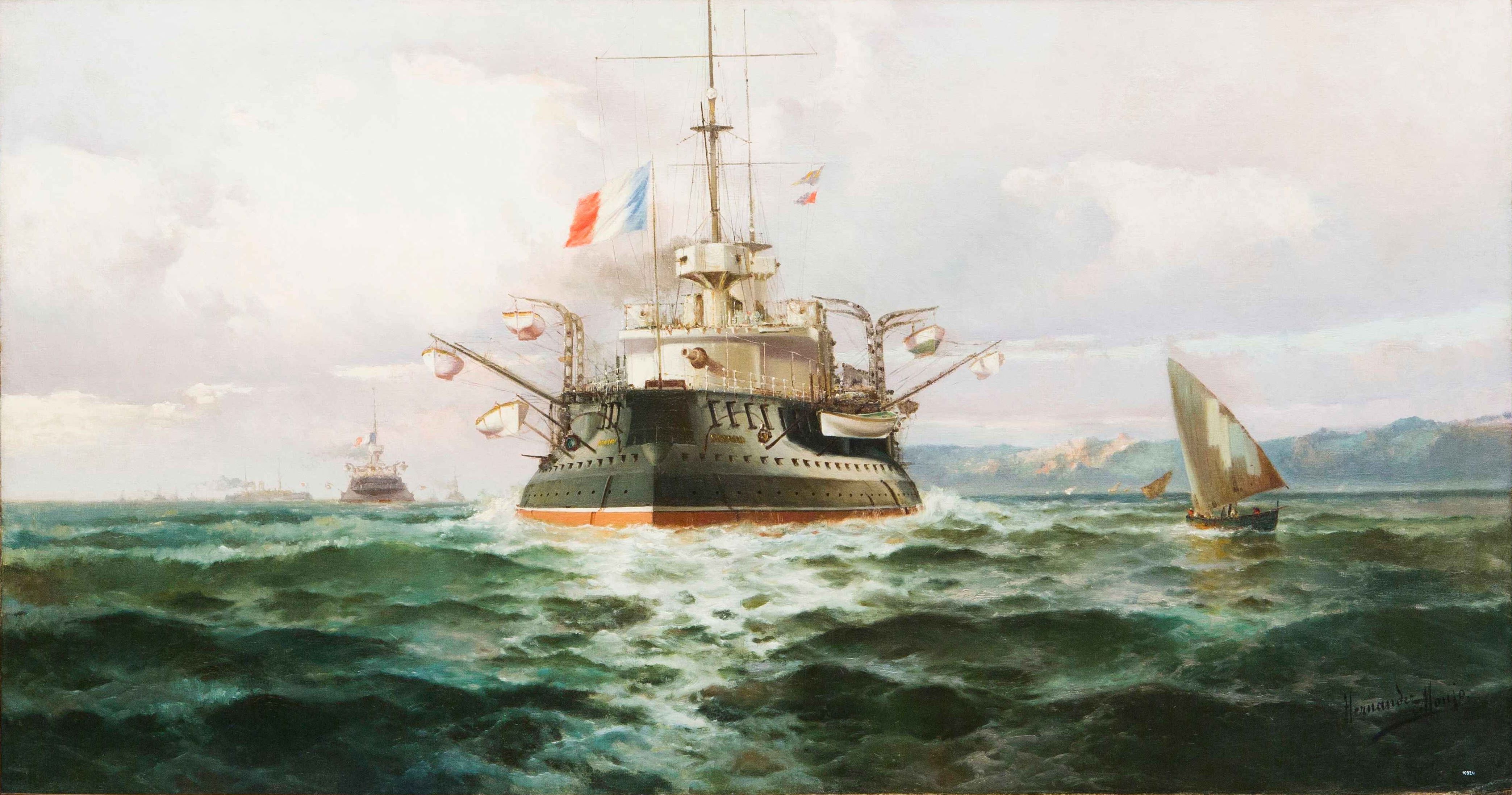
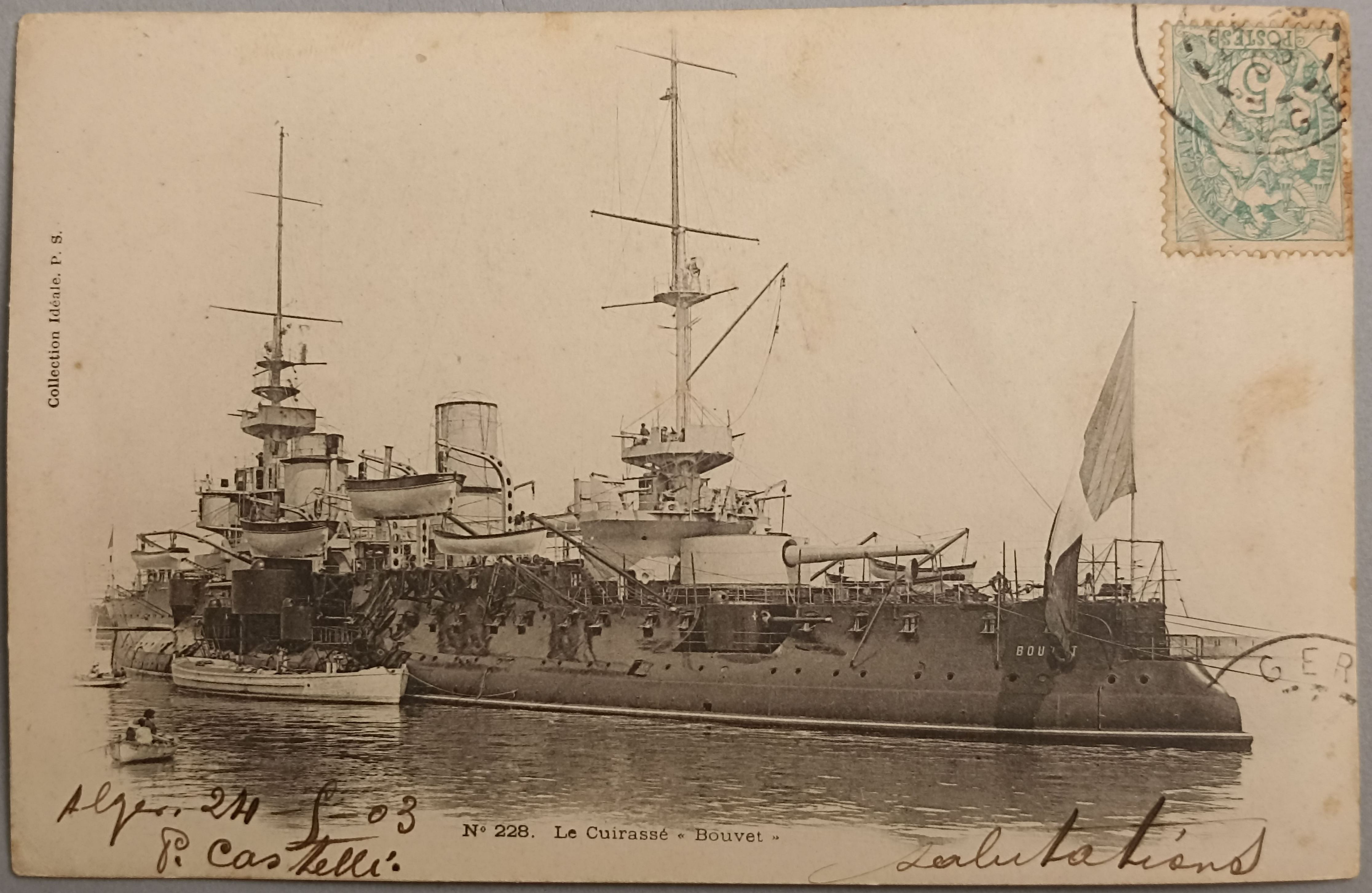
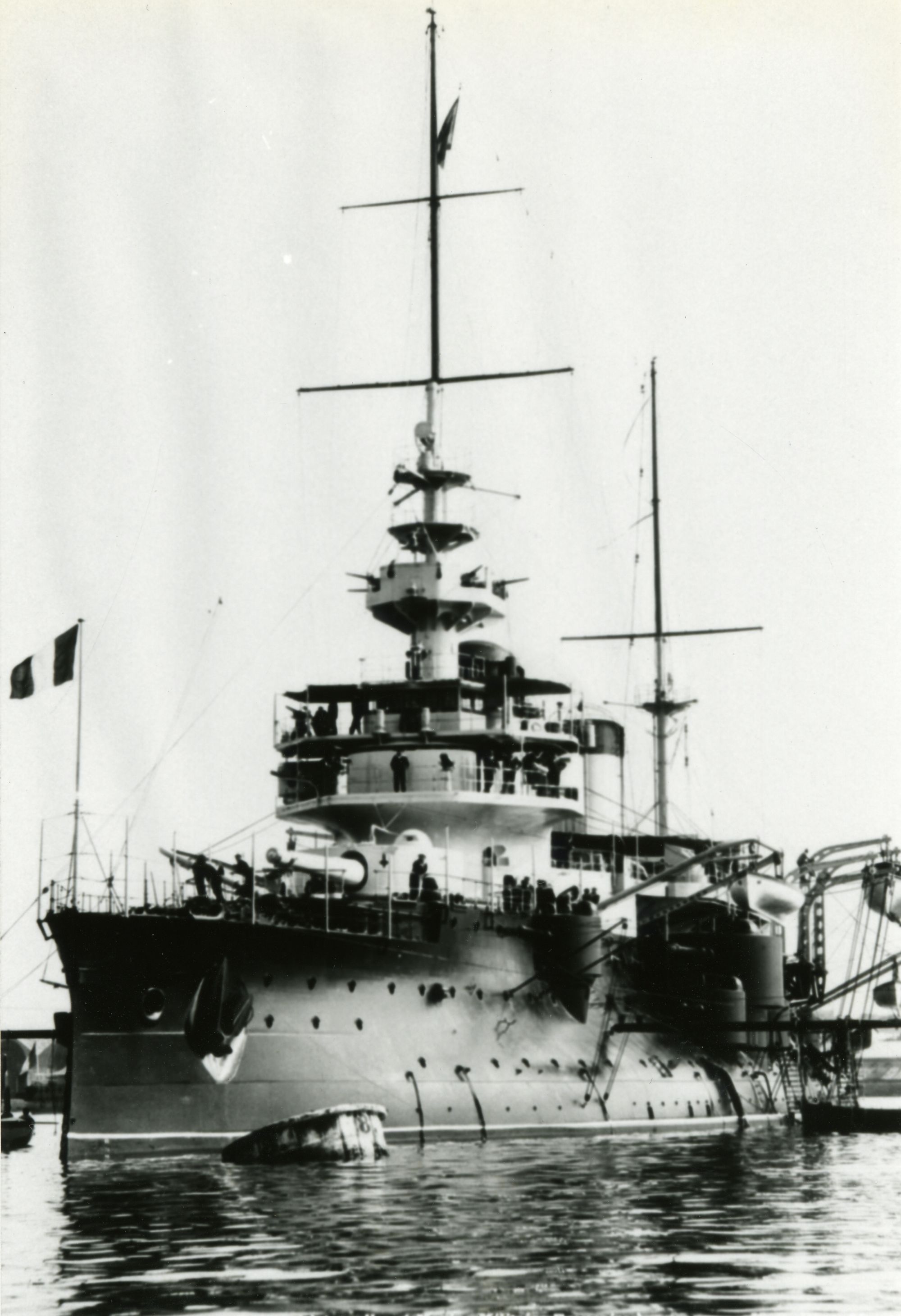

Roberto Hernández, illustrator and ship painter





